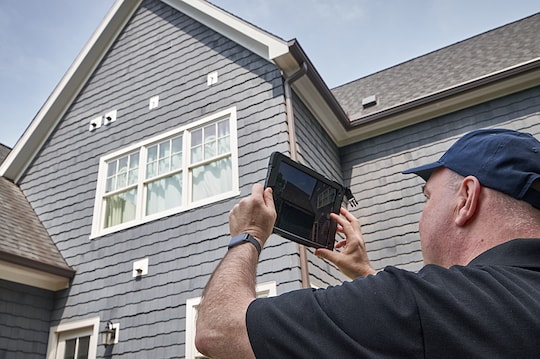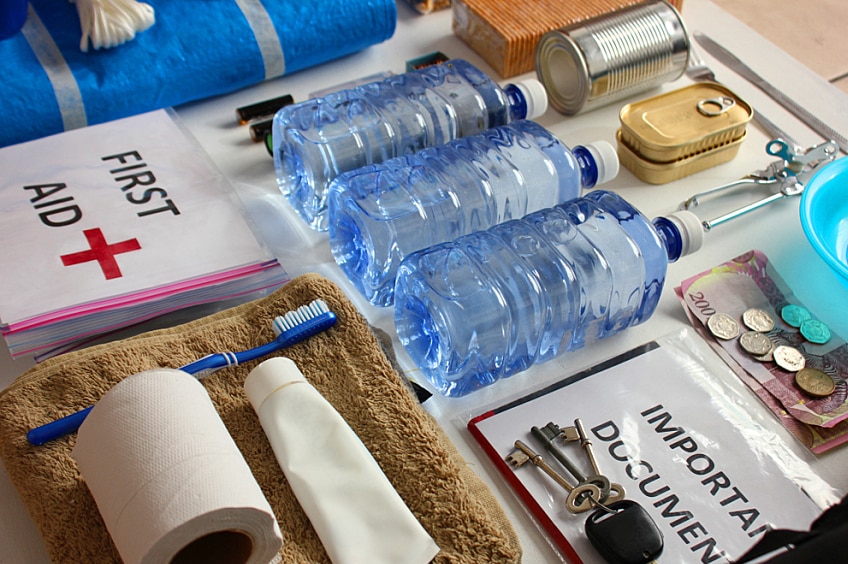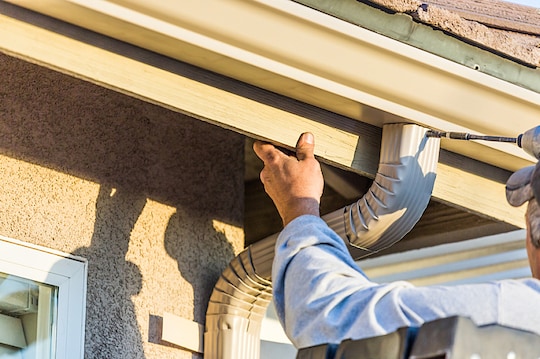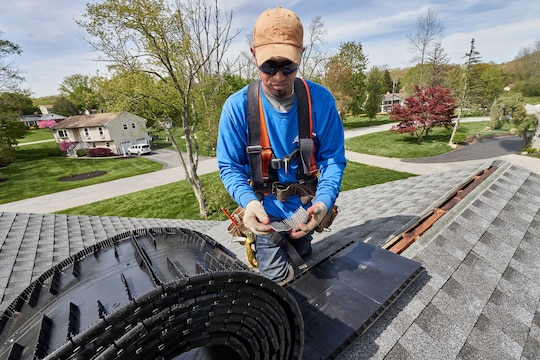
Having a disaster preparedness kit is a key part of being ready for the unexpected. As explained in a recent article on the best practices for disaster preparedness, making a preparedness kit is one of the best things you can do to mitigate the risk of a natural disaster or storm.
Here, we'll take a deeper dive into building your own emergency preparedness kit.
What Is a Disaster Preparedness Kit?
The American Red Cross describes disaster preparedness as "being equipped with the proper supplies you may need in the event of an emergency or disaster." They recommend having enough supplies on hand to sustain your household for a few days if you are evacuating or up to two weeks if you are staying in your home.
The Federal Emergency Management Agency (FEMA) said in a news release that a disaster supply kit is a "collection of basic items your household may need in the event of an emergency." They recommend having enough food, water, and supplies to last at least 72 hours.
Essential Items to Include in Your Kit
What, exactly, goes into a preparedness kit? Here are some essentials to include:
- Food and water. Food and water are clearly essential items for your kit, and knowing how much to include is important. Both FEMA and the Red Cross recommend one gallon of water for each member of your family per day. For example, a two-person family would need six gallons of water for a three-day supply. Remember that in addition to drinking, the water will potentially need to be used for sanitizing or sponge bathing. You also want to be sure to include at least a three-day supply of non-perishable food for each person that may include canned meats, soups, cereal, granola bars, and other easy-to-eat items. Include food for your pets if you have them. Be sure to also include a manual can opener, plastic utensils, and paper plates or bowls. If you have an infant, include formula and a baby bottle or baby food.
- First aid kit. You can either assemble your own first aid kit or purchase pre-made ones from the Red Cross or a retailer near you. Essential kit items include bandages, gauze, first aid tape, hand sanitizer, latex gloves, scissors, antibiotic ointment, hydrocortisone cream, and pain relievers.
- Communication devices. Include a battery-powered or hand crank radio so you can get updates from local authorities and news outlets. Consider including a solar charger for your smartphones in case power is out for a long period of time. If the power does go out, you'll want a flashlight to not only see, but to signal for help in the dark. A whistle is also a handy tool for signaling your location.
- Sheltering items. Rain ponchos, tarps, duct tape, and extra blankets can come in handy for your family should your home experience damage. Include extra plastic bags and ties for personal sanitation in case plumbing is not working. Think about what personal hygiene items are needed such as feminine products or diapers.
- Your unique family needs. Have a checklist of items you use on a regular basis such as prescription medications and glasses. If you have young children, consider adding games or books to help keep them occupied. Make photocopies of important paperwork such as insurance documents, healthcare cards, and bank account information to keep in the kit. Consider having some cash on hand as well.
FEMA recommends reviewing their checklist of items to be sure you are fully prepared in the event of a disaster.
Storing Your Disaster Preparedness Kit
You'll want to be sure your emergency supplies are inside watertight plastic bags and contained in something that is easy to carry in case you need to evacuate. A large suitcase, a couple of duffel bags, or even plastic totes would work for storing the items you need for your family's survival.
Think carefully about where to store the kit in your home. You don't want to put it into a hot attic where items could be damaged or spoiled due to the extreme temperatures. You also don't want to put it in a hard-to-reach, out-of-the-way basement or back of a closet. It needs to be easily accessible in case you need to leave your home quickly.
Lastly, it's important to keep your kit fresh. You'll want to check it on an annual basis, replacing items that may have expired or are close to expiring. Review your family's situation each year as well, as you may no longer need certain items such as diapers or pet food.
No matter the disaster, having a preparedness kit can make all the difference in keeping you and your family safe.



